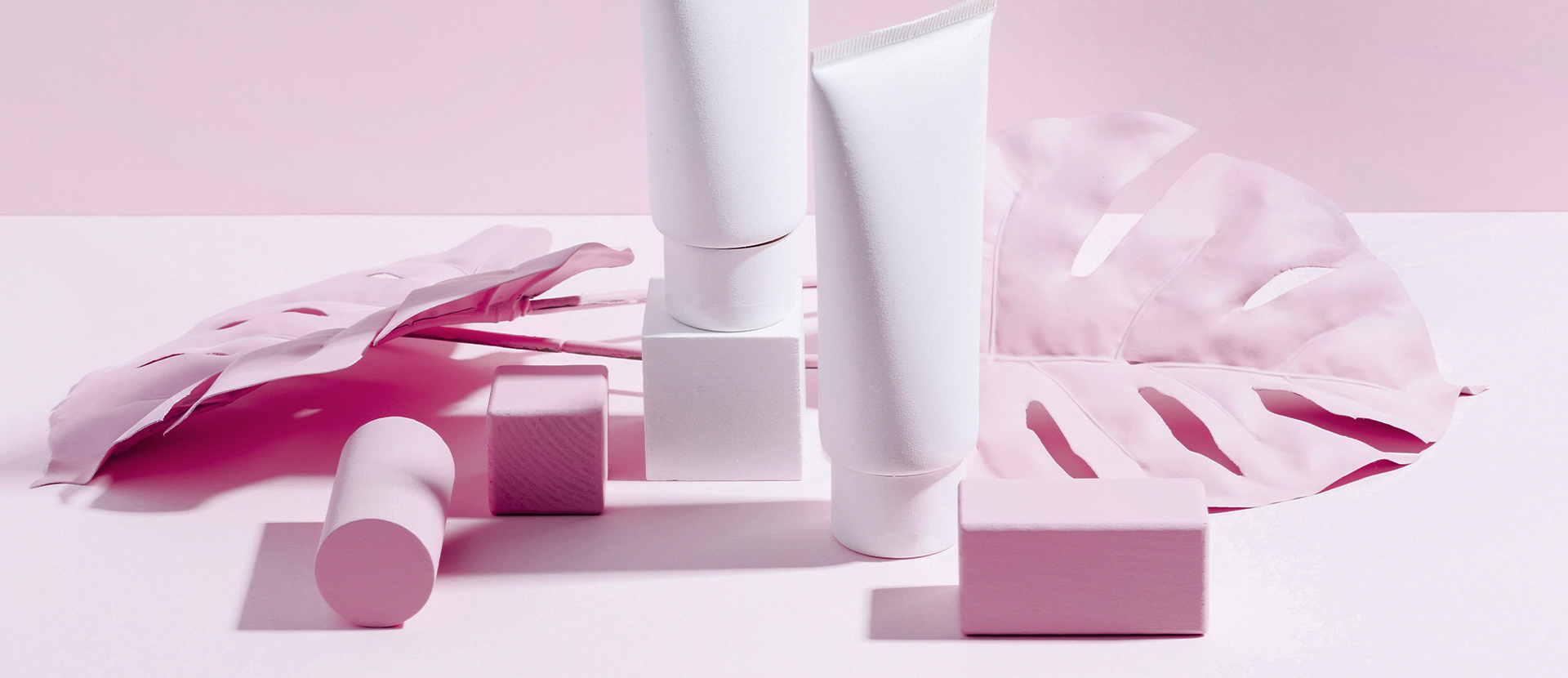The beauty industry is one of the largest in the world, with annual revenues of billions of dollars. However, the increase in the production and consumption of personal care products has also led to greater consumption of packaging materials, impacting the environment negatively. That is why we are going to look at the packaging issue in the beauty industry and how the industry is trying to address it.
Packaging is essential to the beauty industry. Products must be protected from moisture, light, heat, and air to ensure their effectiveness. In addition, the packaging must be aesthetically pleasing and attractive to attract the attention of consumers. Usually, containers are the only way to build brand awareness, so they become indispensable for companies.
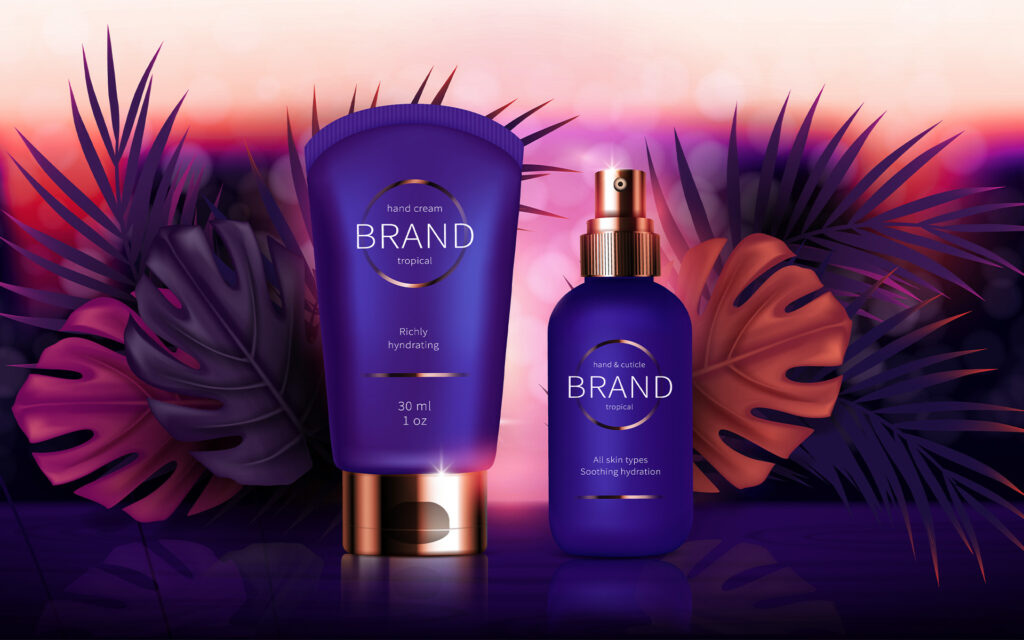
However, many of the packaging materials used in the industry are highly polluting and difficult to recycle. Some examples include:
- Plastic: Most personal care products are sold in plastic containers. Only a small percentage is recycled. Most end up in landfills, where it takes hundreds of years to degrade.
- Aluminum: Often used for spray containers, its production requires a large amount of energy, and the waste produced can be highly toxic.
- Vetro: It is a relatively easy material to recycle, but its production requires a large amount of energy, and transportation can be expensive due to its weight.
- Cardboard: it is a somewhat environmentally friendly material. It is often coated with layers of plastic or aluminum to protect products, which consequently makes it more difficult to recycle.
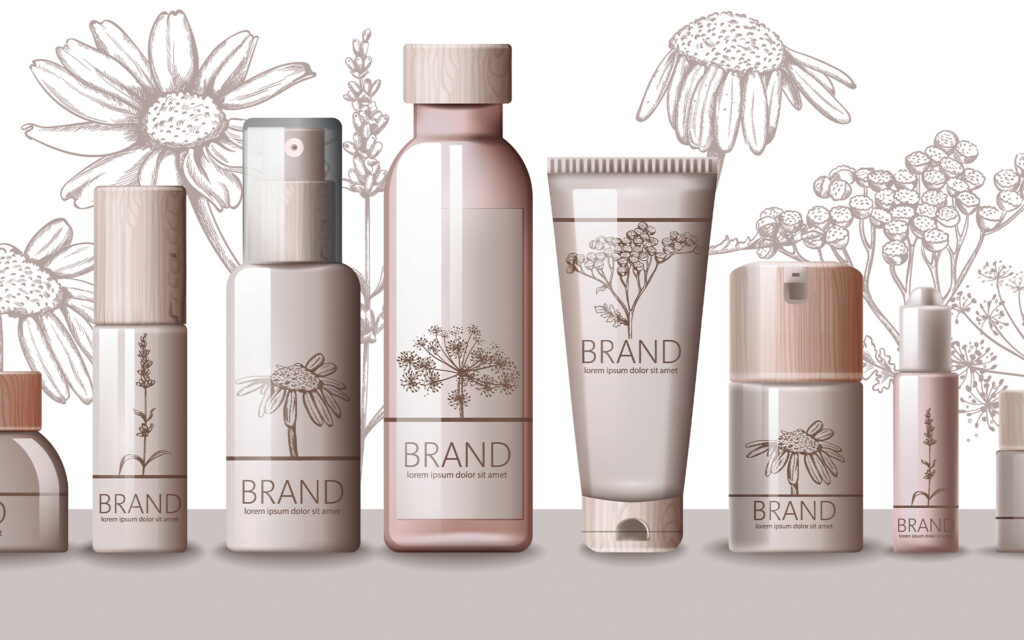
In addition to the environmental impact of packaging materials, the beauty industry also has issues related to overpackaging and packaging design.
Many times, personal care products are packed in multiple cardboard boxes, and the actual product container is relatively small. This means that consumers are buying much more packaging than they use.
In addition, many containers are designed to look luxurious and eye-catching, but then turn out not to be very functional or necessary. For example, some are sold in glass jars that are difficult to open or in plastic bottles that do not allow the product to be fully used, leading to more waste.
Despite these problems, the industry is trying to take steps to reduce the environmental impact of its packaging.
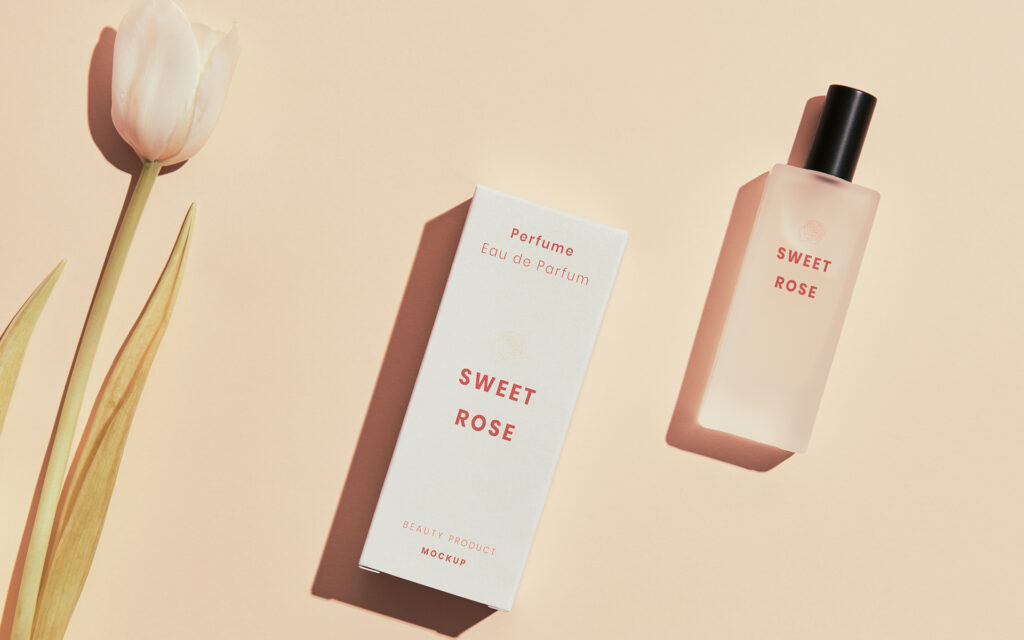
Are there sustainable solutions?
Packaging has become one of the main culprits of global pollution. According to research by the United Nations Environment Organization, the world produces 300 million tons of plastic waste every year, of which only 9% is recycled.
The packs of products such as shampoos, conditioners, lotions, creams, serums, and makeup, often contain different types of plastic, such as PET, HDPE, PVC, and PP. Most of these materials are not biodegradable and can take up to 1000 years to fully degrade. This means that the plastic we use today will remain in the environment for a long time, causing irreparable damage.
However, companies are looking for sustainable solutions to reduce the environmental impact of their packaging. Here are some possible solutions:
- Recycling: Many companies are trying to encourage the recycling of their packs and containers. For example, Lush, a British body care company, has launched a recycling program for which customers who return empty bottles of product can get a new product for free. This encourages customers to recycle and reduce their environmental impact.
- Biodegradable materials: For example, Seed Phytonutrients, an American skincare company, uses recyclable paper bottles for its shampoos and conditioners. This reduces the use of plastic.
- Refilling: Some companies now offer the option to refill their products, rather than buy new ones every time. For example, L’Occitane, a French skincare company, offers the ability to top up your face and body products.
- Reduced packaging: This is about reducing the number of packaging materials used for products. As L’Oréal is already doing.
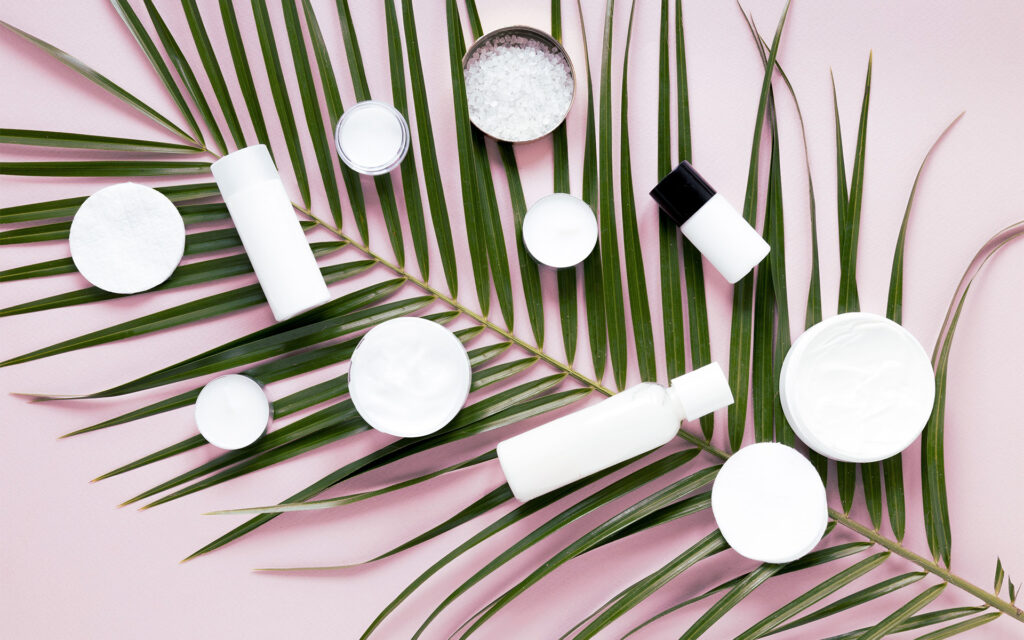
Companies in the beauty industry must use sustainable packaging for many reasons, including environmental responsibility, towards the planet and future generations while improving the image of the company itself, as consumers are increasingly attentive to the environmental impact of the products they buy and prefer companies that demonstrate real care for the environment. In addition, it would help reduce costs in packaging production because, for example, recycled materials may be less expensive than new materials. In addition, decreasing the weight and volume of packaging can cut down transportation and storage costs. Finally, compliance with environmental regulations would limit the risk of penalties and fines.
Sustainable packaging is an advantageous option for companies in the beauty sector, and certainly, with time, more and more companies will adopt sustainable methods.


